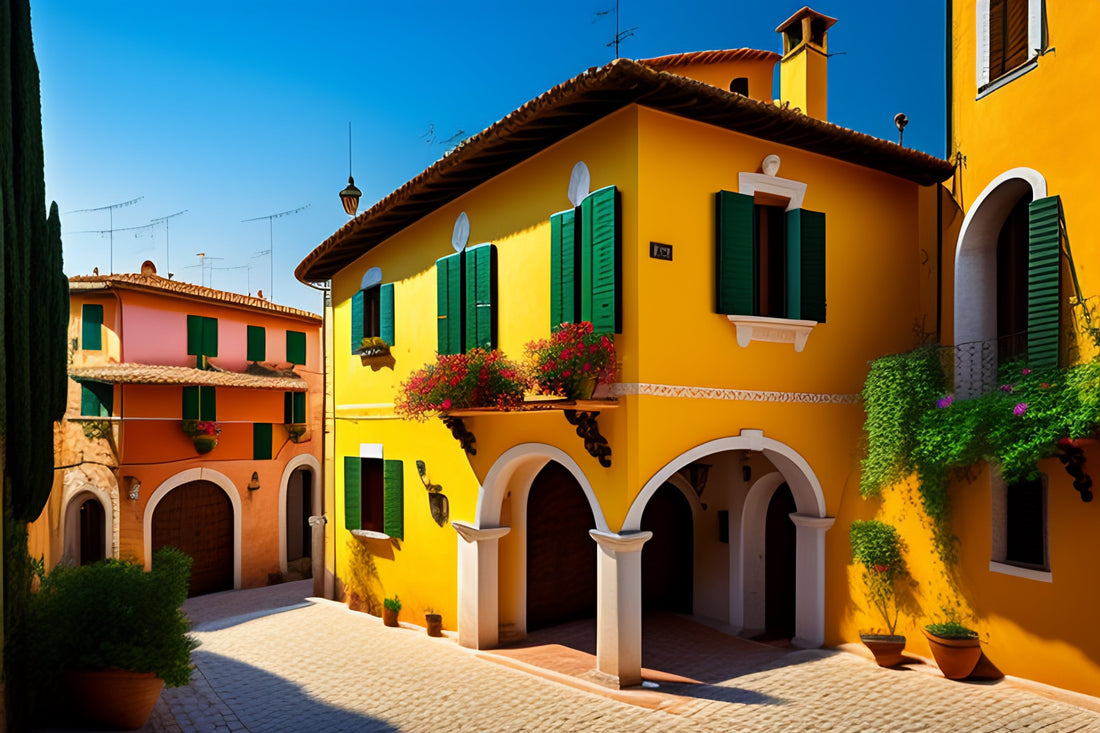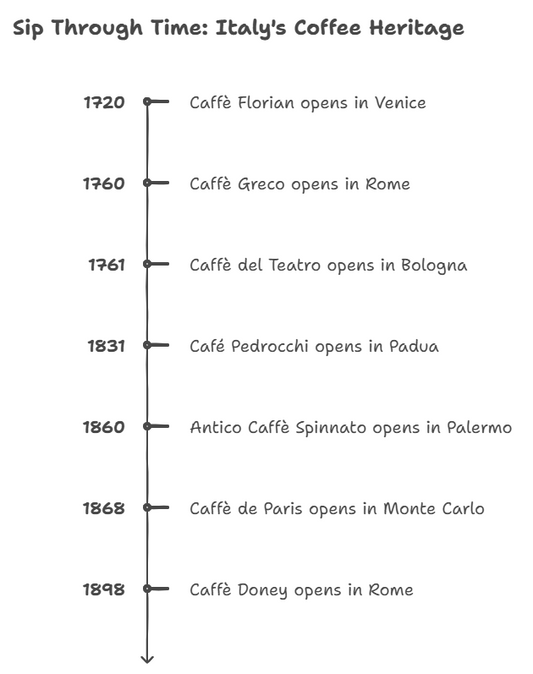
Have you ever wondered what materials Italian homes are built out of? With so many beautiful and ancient buildings, it can be puzzling to figure out what makes them up.
Houses in Italy are made from a variety of materials, depending on the region, building style, and historical period. The country has a rich history of architecture, and the use of different materials and styles has evolved over time to reflect the local climate, available resources, and cultural influences.
Interestingly, the building materials used in Italy also vary by region such as
- Northern regions: Brick or stone
- Central Italy: Tufa
- Southern Italy: Adobe
- Coastal regions: Wood
- Modern houses in Italy: Concrete
Northern regions: Brick or stone
In the northern regions of Italy, such as Lombardy and Piedmont, houses are often made of brick or stone. Bricks are a popular building material in cities like Milan and Turin, where the industrial revolution brought an abundance of brick factories in the 19th century.
These bricks, made of clay or a mixture of clay and other materials, are durable, fire-resistant, and provide good insulation against the colder temperatures found in these regions. Stone, on the other hand, is more commonly used in rural areas, where the natural resources of the area have been used for centuries. The quarries of the region have provided a rich source of materials for building, from local sandstones to granite, limestone, and marble.
Central Italy: Tufa
In central Italy, houses are also often made of brick or stone, but they may also be constructed of tufa, a type of limestone that is abundant in the region. Tufa is a porous material that is easy to work with and is often used to create the characteristic honey-colored stone buildings found in cities like Florence, Rome, and Siena.
Tufa has been used for centuries in the region, and the technique of shaping it, called "pietra serena" is still used today, giving a unique and traditional touch to the new constructions.
Southern Italy: Adobe
In southern Italy, houses are often made of stone or adobe, a type of sun-dried mud brick. Adobe is a traditional building material in the region, and it is still used in many rural areas. The houses are often whitewashed and have red tiled roofs, a combination that reflects the Mediterranean climate of the area. Adobe has been used for centuries, due to the lack of forests and the abundance of clay in the region, and it is a cheap and sustainable material.
Coastal regions: Wood
In coastal areas, houses are often made of wood or other materials that can withstand the salt and humidity of the sea air. Many houses in coastal towns and villages are made of wood or a combination of wood and other materials.
Wood is a natural material that provides good insulation and allows for more flexible and creative architectural designs. In some areas, such as the Amalfi Coast, houses are built into the cliffs, making use of the natural rock as a foundation.
Modern houses in Italy: Concrete
Throughout Italy, houses are also constructed using various types of concrete. Concrete is a modern building material that is used for both residential and commercial buildings. It is durable, fire-resistant, and relatively inexpensive. It has become a popular material since the mid-20th century and it can be shaped into different forms, allowing for more creative and varied architectural designs.
Architectural types
In addition to these traditional and modern materials, houses in Italy also feature a variety of architectural styles. The country has a rich history of architecture, and many houses feature elements of Gothic, Renaissance, Baroque, and other styles. These styles reflect the cultural and artistic influences of different periods in history, and they add a sense of elegance and grandeur to the buildings.
The grandeur of the Roman Empire was unmatched. The Colosseum is easily associated with ancient Rome but actually not the tallest structure in this vast city. We will also learn more about the fascinating construction and design of the tallest building in ancient Rome.
One of the most famous Italian architectural styles is the Mediterranean style, which is characterized by stucco walls, red tile roofs, and arched windows and doorways. This style is often found in coastal areas, particularly in the south of Italy, where the climate and natural beauty of the area have inspired architects and builders for centuries. The Mediterranean style is also characterized by the use of terracotta, a type of clay that is shaped into tiles.
Another popular architectural style is the Tuscan style, which is characterized by stone or brick walls, terra-cotta roofs, and simple, geometric shapes. This style is often found in central Italy, particularly in the region of Tuscany.
Conclusion
In conclusion, houses in Italy are made from a variety of materials, including brick, stone, tufa, adobe, wood, and concrete. The materials used, as well as the architectural style, vary depending on the region and historical period. Despite these variations, all Italian houses share a sense of elegance, simplicity, and timelessness that is the hallmark of Italian architecture.
There’s something undeniably romantic about Venice, Italy. With its picturesque canals and gondolas, it’s often referred to as the “City of Water.” In this article, we'll take a look at exactly how deep the water is in Venice.




